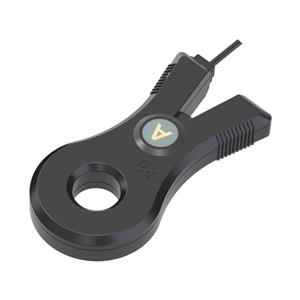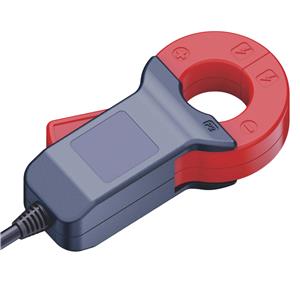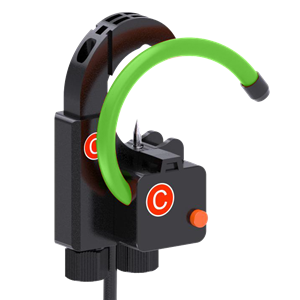Manufacturing Process and Techniques of Toroidal Inductors
Core Material Selection: The first step in manufacturing toroidal inductors is selecting the appropriate core material. Common core materials include ferrite, powdered iron, and laminated iron. The choice depends on factors such as required inductance value, operating frequency, and temperature range.
Core Winding: After selecting the core material, the next step is to wind the wire around the core. The wire used for winding is typically made of copper or aluminum. The wire's diameter and number of turns are carefully determined to achieve the desired inductance value.
Wire Insulation: To prevent short circuits and improve insulation, the wire is coated with a layer of insulation material. Common insulation materials include varnish, enamel, or plastic. This insulation layer also helps protect the wire from environmental factors such as moisture and dust.
Winding Technique: The winding technique plays a crucial role in ensuring optimal performance of toroidal inductors. The wire is evenly and tightly wound around the core to minimize air gaps and maximize magnetic coupling. Precision winding machines are used to achieve consistent and accurate winding.
Core Encapsulation: After winding the wire, the core is often encapsulated to provide additional protection and stabilization. Epoxy resin or plastic is commonly used for encapsulation. This process helps secure the wire in place and prevents any movement or damage during operation.
Testing and Quality Control: Once the toroidal inductor is manufactured, it undergoes rigorous testing to ensure it meets the required specifications and standards. Various tests, including inductance measurement, resistance measurement, and insulation resistance testing, are performed to ensure the inductor's performance and reliability.
Final Assembly: In some cases, toroidal inductors require additional components such as terminals, leads, or magnetic shields for specific applications. These components are carefully attached to the inductor, ensuring proper electrical connections and maintaining the overall integrity of the design.
Packaging and Distribution: After passing the quality control tests, the toroidal inductors are packaged and prepared for distribution. Proper packaging is essential to protect the inductors during transportation and storage, ensuring they reach the end-users in optimal condition.
Conclusion: The manufacturing process of toroidal inductors involves several critical steps, including core selection, wire winding, insulation, encapsulation, testing, and final assembly. These techniques ensure the production of high-quality inductors with precise inductance values, excellent performance, and reliable operation. The combination of advanced machinery, skilled craftsmanship, and stringent quality control measures guarantees that toroidal inductors meet the demanding requirements of various electronic applications.




